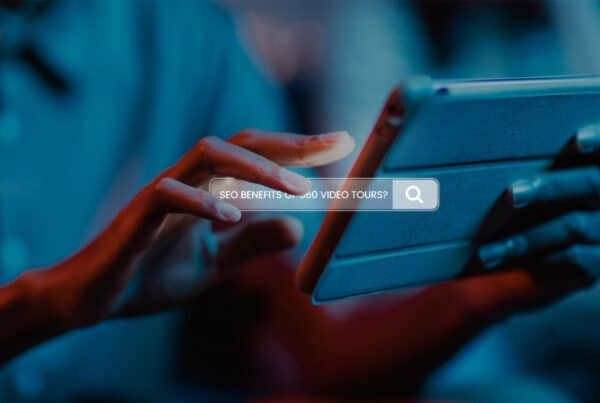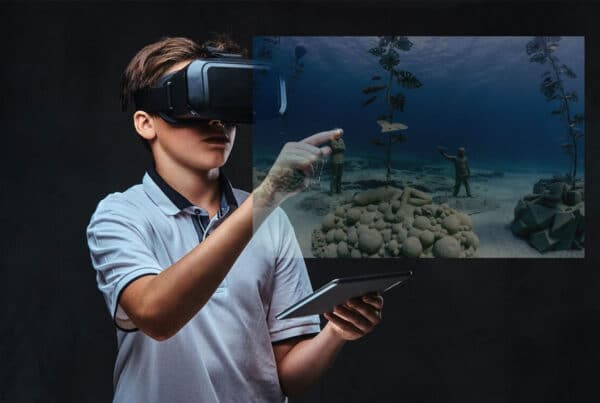Introduction
In the competitive landscape of digital marketing, businesses are continually seeking innovative strategies to enhance customer engagement and drive sales. One such strategy that has gained significant traction is the use of 360 video tours. These immersive experiences allow potential customers to explore products, services, and environments interactively, providing a unique perspective that traditional media cannot match. A critical question arises: How do 360 video tours impact conversion rates? This article will explore the relationship between 360 video tours and conversion rates, examining how they enhance user experience, increase engagement, and ultimately drive sales.
Understanding Conversion Rates
What Are Conversion Rates?
Conversion rates refer to the percentage of users who take a desired action on a website or platform, such as making a purchase, signing up for a newsletter, or booking a service. A high conversion rate indicates that a business effectively engages its audience and encourages them to complete these actions.
Importance of Conversion Rates
For businesses, improving conversion rates is essential for maximizing return on investment (ROI) from marketing efforts. Higher conversion rates mean more sales and revenue generated from the same amount of traffic, making it crucial to adopt strategies that enhance user engagement and encourage conversions.
The Role of 360 Video Tours in Enhancing User Experience
Immersive Exploration
One of the primary advantages of 360 video tours is their ability to provide an immersive exploration experience. Unlike static images or traditional videos that present limited perspectives, these tours allow users to navigate through spaces interactively.
- Realistic Representation: Users can visualize themselves in the environment, fostering a deeper emotional connection. This is particularly beneficial in industries like real estate or hospitality, where potential buyers or guests can fully understand what they are considering.
- Informed Decision-Making: By providing realistic previews of accommodations, attractions, or products, users can assess whether a destination meets their expectations before committing to a purchase. This transparency reduces uncertainty and enhances customer satisfaction.
Increased Engagement
The interactive nature of 360 video tours keeps users engaged longer than traditional content.
- Active Participation: Unlike passive viewing experiences where users simply watch a video, 360 tours encourage active participation. Users can explore points of interest at their own pace, zoom in on specific areas, and interact with various elements within the tour.
- Extended Dwell Time: Research shows that immersive content leads to longer engagement times on websites. Visitors who interact with 360 tours are likely to spend more time exploring offerings, which can lead to increased interest and conversion rates.
Building Trust and Transparency
In an era where consumers are increasingly skeptical of marketing claims, 360 video tours provide a level of transparency that builds trust.
- Authentic Representation: These tours allow potential customers to see products or spaces as they truly are, reducing the risk of misrepresentation often associated with traditional advertising.
- Higher Confidence Levels: When customers feel more familiar with your business through virtual tours, they are more likely to trust it. A high-quality virtual tour builds transparency and trustworthiness—essential elements for converting leads into customers.
Statistical Evidence Supporting Increased Conversion Rates
Impact on Sales Across Industries
Numerous studies have demonstrated the positive impact of 360 video tours on conversion rates across various industries:
- Real Estate: Properties with virtual tours receive 87% more views and generate 95% more phone inquiries compared to those without. Listings featuring virtual tours report a 46% higher conversion rate overall.
- Hospitality: Hotels that incorporate virtual tours into their marketing strategies have seen booking increases between 16% and 67%. Travelers are significantly more likely to book accommodations after experiencing a virtual tour.
- E-commerce: Online stores using virtual tours have reported a 48% higher add-to-cart rate compared to those relying solely on traditional product images5. This increase can be attributed to the enhanced user experience provided by interactive content.
- Travel Planning: According to research, 75% of travelers find virtual tours helpful in their decision-making process when booking accommodations1. This highlights how important immersive experiences are in influencing consumer behavior.
Reduction in Bounce Rates
Websites featuring 360 video tours experience significant reductions in bounce rates—often between 10% and 20%. This reduction indicates that users are more likely to stay engaged with content when they have access to interactive experiences. Lower bounce rates correlate with higher conversion rates as users spend more time exploring offerings.
How Virtual Tours Help Differentiate from Competitors
In crowded marketplaces where multiple businesses vie for attention, offering a virtual tour can give you a competitive edge.
- Unique Selling Proposition (USP): A well-executed virtual tour serves as a unique selling proposition that sets your business apart from competitors who may rely solely on static images or text descriptions.
- Enhanced Customer Experience: Providing an engaging online experience directly translates to increased sales and improved ROI. Customers who feel more connected to your brand through immersive content are more likely to convert.
Best Practices for Implementing 360 Video Tours
To maximize the impact of 360 video tours on conversion rates, businesses should consider implementing several best practices:
High-Quality Production
Investing in high-quality production is essential for creating engaging virtual tours. Ensure that visuals are captured at high resolutions and optimized for various devices. Poor-quality footage can detract from user experience and negatively impact conversion rates.
Clear Calls-to-Action (CTAs)
Incorporate clear calls-to-action throughout your virtual tour. Encourage users to take specific actions—such as booking a service or making a purchase—by strategically placing CTAs at key points within the tour.
Mobile Optimization
With over 70% of virtual tour views coming from mobile devices1, ensuring that your content is mobile-friendly is crucial. Test your virtual tours on various devices to ensure smooth navigation and loading times for mobile users.
Promote Across Multiple Channels
To maximize reach and engagement, promote your 360 video tour across various channels:
- Social Media: Share snippets or highlights from your tour on platforms like Instagram, Facebook, or LinkedIn.
- Email Marketing: Include links to the virtual tour in email invitations or newsletters leading up to events or promotions.
- Website Integration: Feature the virtual tour prominently on your website or landing page to attract potential customers.
Conclusion
The impact of 360 video tours on conversion rates is profound, offering businesses an innovative way to engage customers effectively while driving sales. By providing immersive experiences that foster trust through transparency while enhancing user engagement and interaction, these virtual tools significantly improve marketing strategies across various industries.As technology continues evolving and consumer preferences shift toward interactive content formats, embracing tools like 360 video tours will be essential for businesses looking to stay competitive in an increasingly digital marketplace. By implementing best practices—such as high-quality production values and clear calls-to-action—companies can leverage these immersive experiences effectively and ultimately increase their conversion rates significantly.


